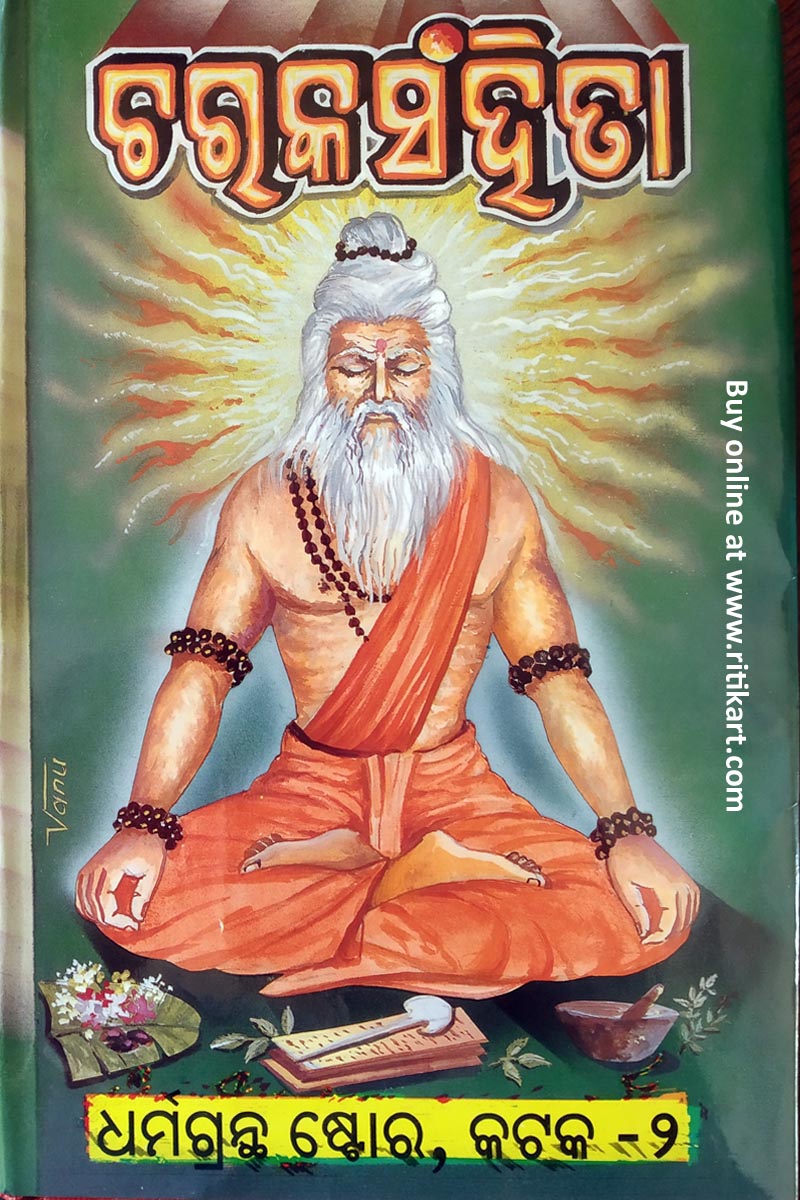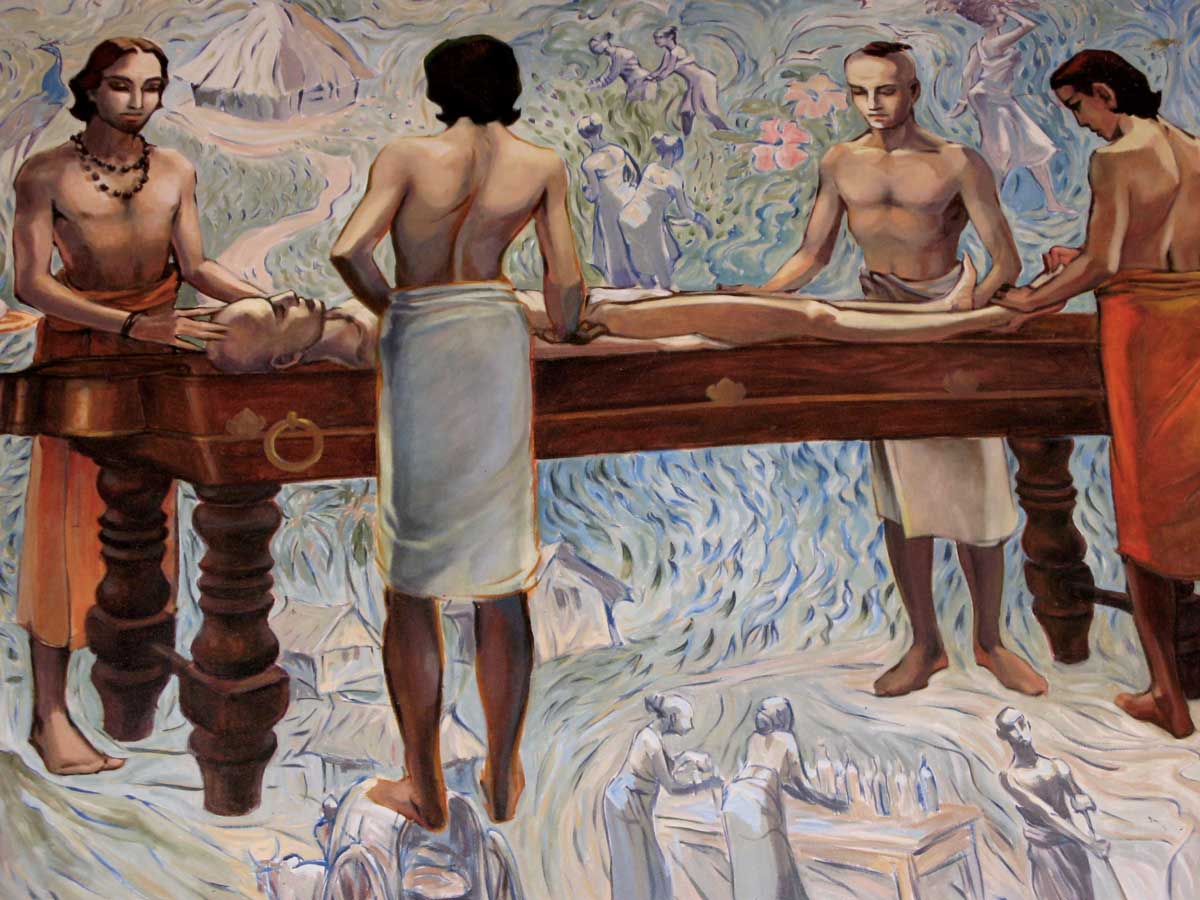

In microscopicevaluation of root, the different types of cells, their arrangement and cell contents were observed. The macroscopic features of root, such as size, shape, external characters, type of fracture, colour, odour and taste were analysed. Assessment of colour, texture, odour and taste of powder were done in powder macroscopy. Powder macroscopy as well as microscopy of powderof the drug was conducted. macroscopic and microscopic evaluation of root, was performed. The plant and the therapeutical potential of its root is highly emphasized in the literature.Pharmacognosy is the study of crude drugs ofplant and animal origin based on macroscopic and microscopic examination for the authentication and quality control. is a well-known drug extensively discussed in the Ayurvedic classics. Prishniparni –Desmodium gangeticum (Linn.) DC. It is necessary to understand the entire physiology and pathology involved in the rak-thavahasrotas (channels of blood circulation) and its vitiation, only then can a proper therapeutic approach to rectify it be made. Any vitiation to the raktha dhatu (blood) it carries, can in turn result in the vitiation of the srotas (channels of circulation) and can trigger the origin of diseases in the areas they circulate. Being the carrier of the elixir of life, its relevance is unbeatable.

Rakthavahasrotas (channels of blood circulation) holds an uncanny position among the antarmukha srotas.

Any vitiation to their natural environment can result in a diseased condition. The concept of swasthya in a human can be enabled only if these channels function in its natural manner. The entire human body is nothing but a network of srotas (channels of circulation). One among those pillar principles on which the entire science is buttressed is the concept and principle of srotas (channels of circulation). The science of Ayurveda is supported by means of strong principles.


 0 kommentar(er)
0 kommentar(er)
